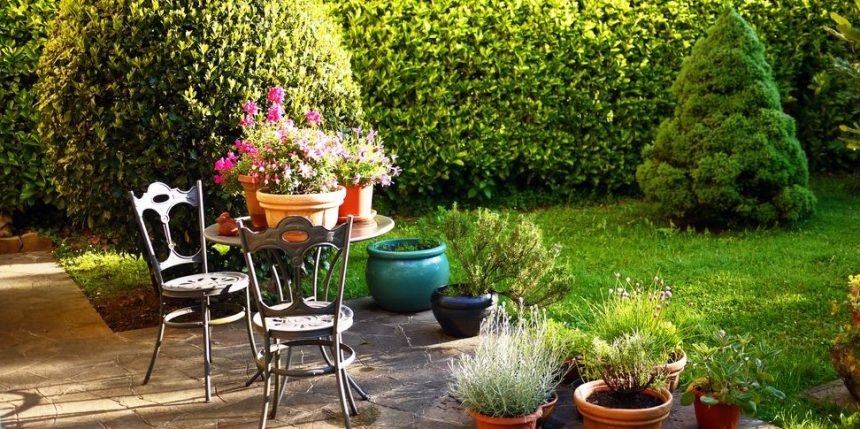Growing your own kitchen herb garden is an enriching and sustainable way to enjoy fresh, organic herbs at home. Whether you have a small apartment balcony or a spacious backyard, cultivating your own herbs allows you to elevate your culinary experience while reducing grocery expenses. home herb gardening Here are five useful tips to help you create a thriving home herb garden.
1. Preparing the Perfect Pots for Your Herb Garden
To create a flourishing herb garden, you only need three essential elements: soil, sunlight, and space. Herbs are among the easiest plants to grow, requiring only minimal care and ample sunshine. Find expert advice on container gardening here. Popular herbs like parsley, basil, and coriander thrive in sunny corners, making them ideal for kitchen window gardens or balcony setups. Choose small containers with adequate drainage holes and place a tray beneath to collect excess water, preventing insect infestations. With these simple steps, you can ensure a healthy and productive herb garden.
2. Enhancing Soil Quality for Healthy Herbs

A significant advantage of growing herbs at home is the ability to enjoy pesticide-free, organic produce. To achieve this, incorporate sustainable practices into your gardening routine. Utilize kitchen waste such as used tea leaves, eggshells, and vegetable peels to create nutrient-rich compost. Discover composting techniques to enrich your soil here. A balanced mix of garden soil and homemade compost enhances plant growth while promoting a zero-waste lifestyle. This method not only benefits your herbs but also contributes to an eco-friendly and sustainable gardening approach.
3. Establishing a Simple Care Routine for Your Herbs
Each herb variety has unique care requirements. Simplify your gardening process by grouping herbs with similar needs together. For example, coriander requires a partially shaded environment with moist soil, while mint flourishes in winter sunlight with minimal watering. Watering and care techniques for herbs here. Water your herbs frequently, but always check soil moisture levels beforehand to prevent overwatering. You can assess moisture by inserting your finger into the soil or observing leaf color—yellow leaves indicate dehydration. Following a consistent care routine ensures a thriving herb garden with lush, aromatic plants.
4. Clipping and Pruning Techniques for Maximum Growth
Regular trimming is essential to maintaining healthy herbs. Herbs such as basil (tulsi) and curry leaves require frequent pruning to encourage fresh leaf growth. When herbs begin to bloom flowers, it signals a lack of pruning, which can impact their nutritional content. To optimize plant health, avoid trimming more than one-third of the plant at a time. This practice ensures continued growth and a steady supply of fresh herbs for culinary use.
5. Harvesting and Exploring Hydroponic Herb Gardening

Hydroponic herb gardening is an innovative and space-efficient method for growing herbs indoors. This soil-free technique is gaining popularity, particularly in urban areas where space is limited. Common hydroponic herbs include basil, sage, oregano, thyme, parsley, chives, tarragon, and cilantro. The process involves using a nutrient-rich water solution and an air pump to ensure even oxygen distribution. Hydroponic gardening offers a cost-effective alternative to traditional gardening, providing fresh herbs throughout the year.
Conclusion
Growing your own herb garden is a rewarding and cost-effective way to enhance your meals with fresh, organic flavors. Whether you choose traditional pot gardening or hydroponic methods, these five essential tips will help you cultivate a thriving herb garden at home. With the right care, patience, and sustainable practices, you can enjoy the benefits of homegrown herbs while contributing to an eco-friendly lifestyle.
Also Read : Funny Creative Craft Resin Frog





